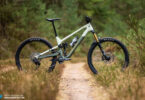Little Shredders Pt.1 – The Perfect Kids Bike for the Bike Parks

Is introducing your kids to bike park riding and downhill bikes as easy as renting them a bike and picking up a lift pass? Nobody is stopping you from doing that, but maybe there is a better way. We’ve learned a few things about introducing little rippers to bike parks and we’ve got some tricks to keep them safe and stoked.
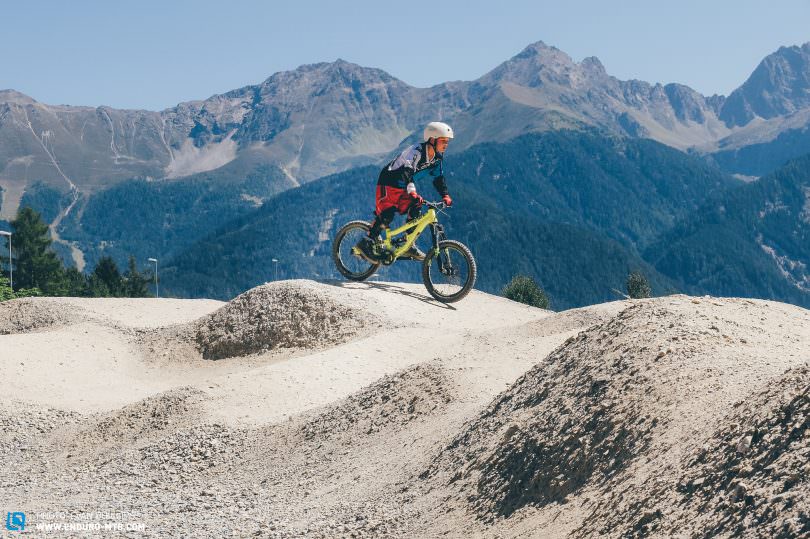
Southern Germany is close to the Alps and the bike parks that climb high forested slopes. We have the good fortune of being able to share this environment with our families and last year we got a couple of downhill test bikes for the ENDURO kids. Before we had the proper downhill bikes, the kids rode several gondola accessed resorts with normal trail bikes and ran into a few problems.
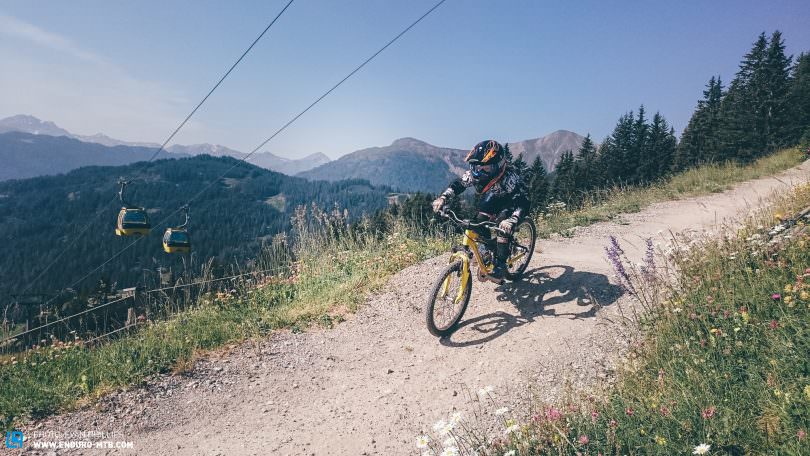
Armed with miniature downhill bikes, we were able to squeeze several bike park sessions into the last couple of months of the season. Wow, we learned a lot. Which gear worked? Which gear didn’t? What extra kit did we have to buy? Follow along and maybe you can avoid some of the challenges we faced.
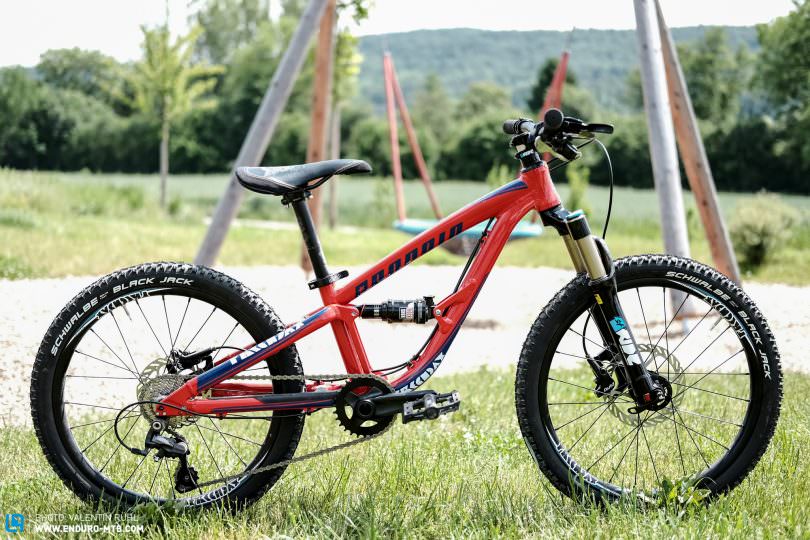
The bike
Many challenges were addressed in our story published in ENDURO Magazine last summer. For that story, we focused on 5 specific areas related to choosing the right bike for your kid:
- a proper fit
- light weight
- consistent braking power with great modulation
- quality, tunable suspension
- simple maintenance
Riding a bike around your neighborhood does not require special attention beyond basic functionality and durability. Entering the world of bike parks is completely different – especially when the person riding the bike may not be mature enough to articulate what is working and what isn’t. There are benefits which should be weighed against potential negatives with every component.
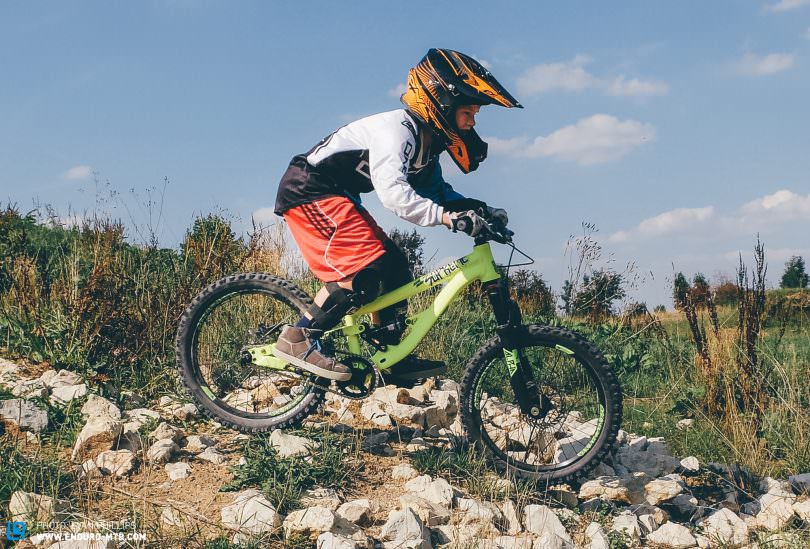
Brakes
Brakes are critically important to the success of kids in the mountains. They don’t really understand arm fatigue and your little ripper might just let go of the brakes all together. Obviously nothing good comes from a six year old flying down the trail with no brakes because arm pump has rendered their little hands useless. Brakes need to work well and the reach adjustment must be setup to accommodate the short fingers. Rim brakes can work around town but disc brakes are ideal for extended downhills.
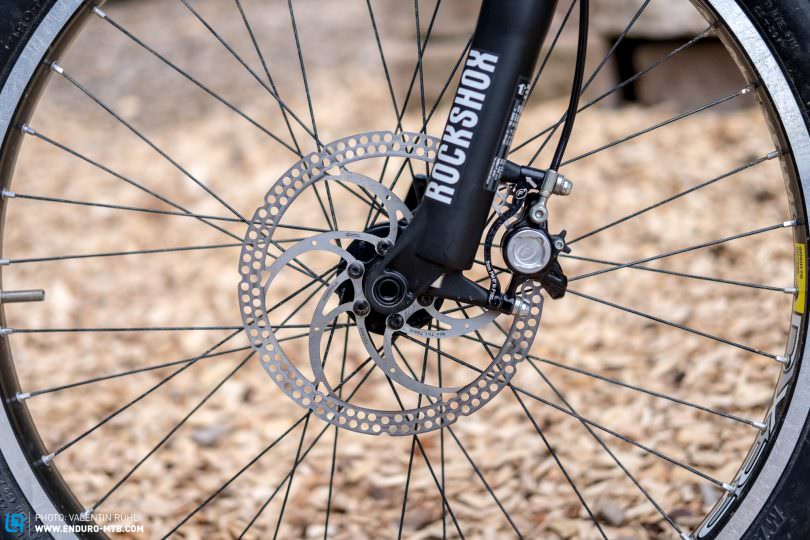
Wheel Size
Wheel size is usually directly related to the fit of the bike but can significantly change the way the bike manages terrain. If you think there is a big difference between a 26 inch and 27.5 inch wheel, imagine the difference between a 20 inch and 24 inch wheel. The bigger wheel will make the braking bumps and roots much more manageable but only if the bike fit is within the child’s comfort zone. If the larger wheel and raised ride-height are intimidating, then you will have a problem on the hill. We prefer to err on the side of encouraging confidence for the little ones over optimal performance but it is really a personal decision between parent and rider. Let the child sit on several different size bikes and feel the difference. If the bike is on the large size, then spend a few days on normal trails before you hit the bike park just so they can get comfortable.
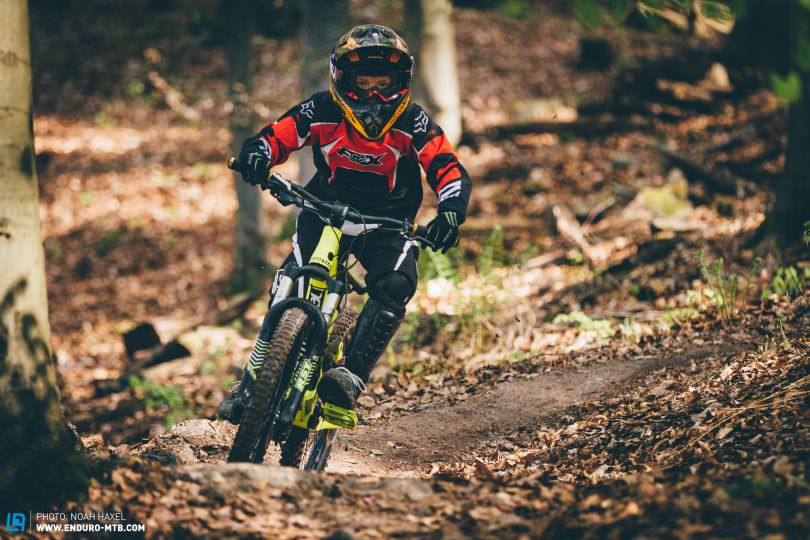
Suspension Setup
If your kid’s weight is one quarter of yours then their suspension will necessarily be setup much softer than what you are used to. Make sure to adjust suspension using the same criteria as adult bikes. It will be so soft that you will find it hard to believe that it can be effective, but just measure the sag and make necessary changes. If it is setup too soft it will be obvious and you can add a little air or spring tension to keep it from bottoming out. The alternative is suspension that is too stiff which will result in poor performance and inefficient braking. If you have the option between air versus coil, we suggest air because of the ease of adjustability. Kids grow quickly and swapping out springs every couple of months will be expensive and complicated.
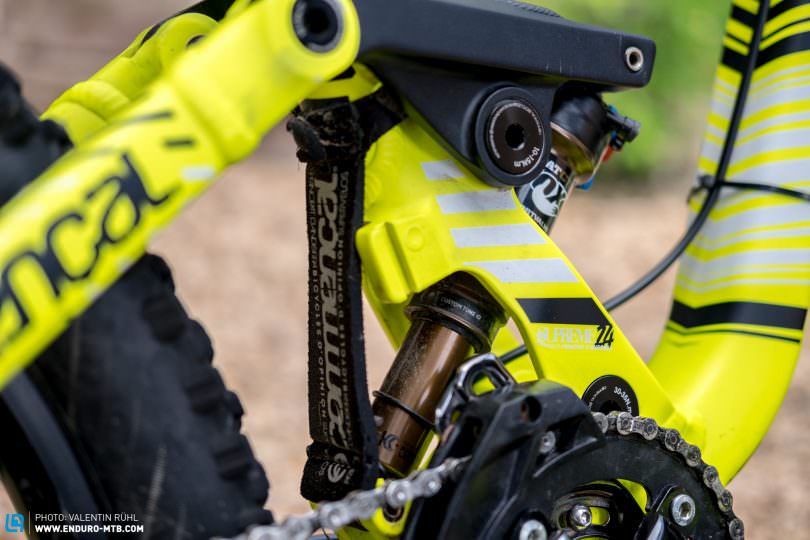
Gears or single-speed
The ease and convenience of a single-speed bike becomes obvious once you hit the trails. Unfortunately it is limiting if you want to use the bike in locations that do not have a chairlift or gondola. The single-speed will be lighter, less complicated, and potentially less expensive, but will leave you with less options for shredding with your little one. This decision really comes down to where you plan to ride.
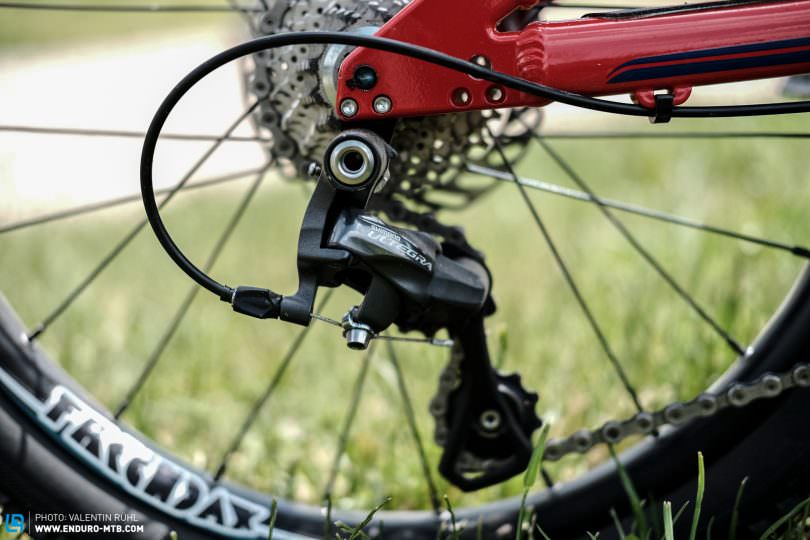
Seat Height
When little guys first start riding on dh trails they have a tendency to sit down a lot. With loads of encouragement and time they will understand that sitting down is a bad idea, but until then you need to keep a close eye on them. When a child gets intimidated they will drop their butt to the seat and instinctively want to drag their feet for some extra stopping power. When seated, it is easier to slip a pedal and hurt their legs or do the dreaded seat-bounce when they hit a bump and get sent over the bars. This is another place where bike fit is important because if the bike is too tall and the seat can not be lowered sufficiently, the rider will increase their chances of seat contact. It is better to get the seat well out of the way.
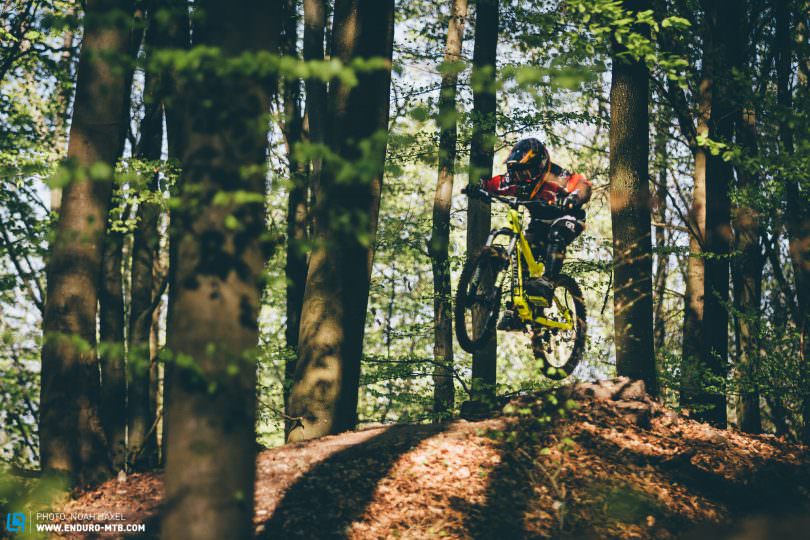
Conclusion
While these topics might seems fairly obvious, it’s amazing how complicated and confusing things can get when you finally introduce the child into the situation. Just like you, they will be excited and a little bit scared. Maybe they see your passion and want to share it or maybe the fire burns inside them on its own – the most important thing is having fun. Keep all of these things in mind and you’ll be shredding with your kid in no time. And stay tuned for Part 2 of this series which will address safety gear that kids should wear on the mountain.
Did you enjoy this article? If so, we would be stoked if you decide to support us with a monthly contribution. By becoming a supporter of ENDURO, you will help secure a sustainable future for high-quality mountain bike journalism. Click here to learn more.
Words: Evan Phillips Photos: Noah Haxel, Valentin Rühl








